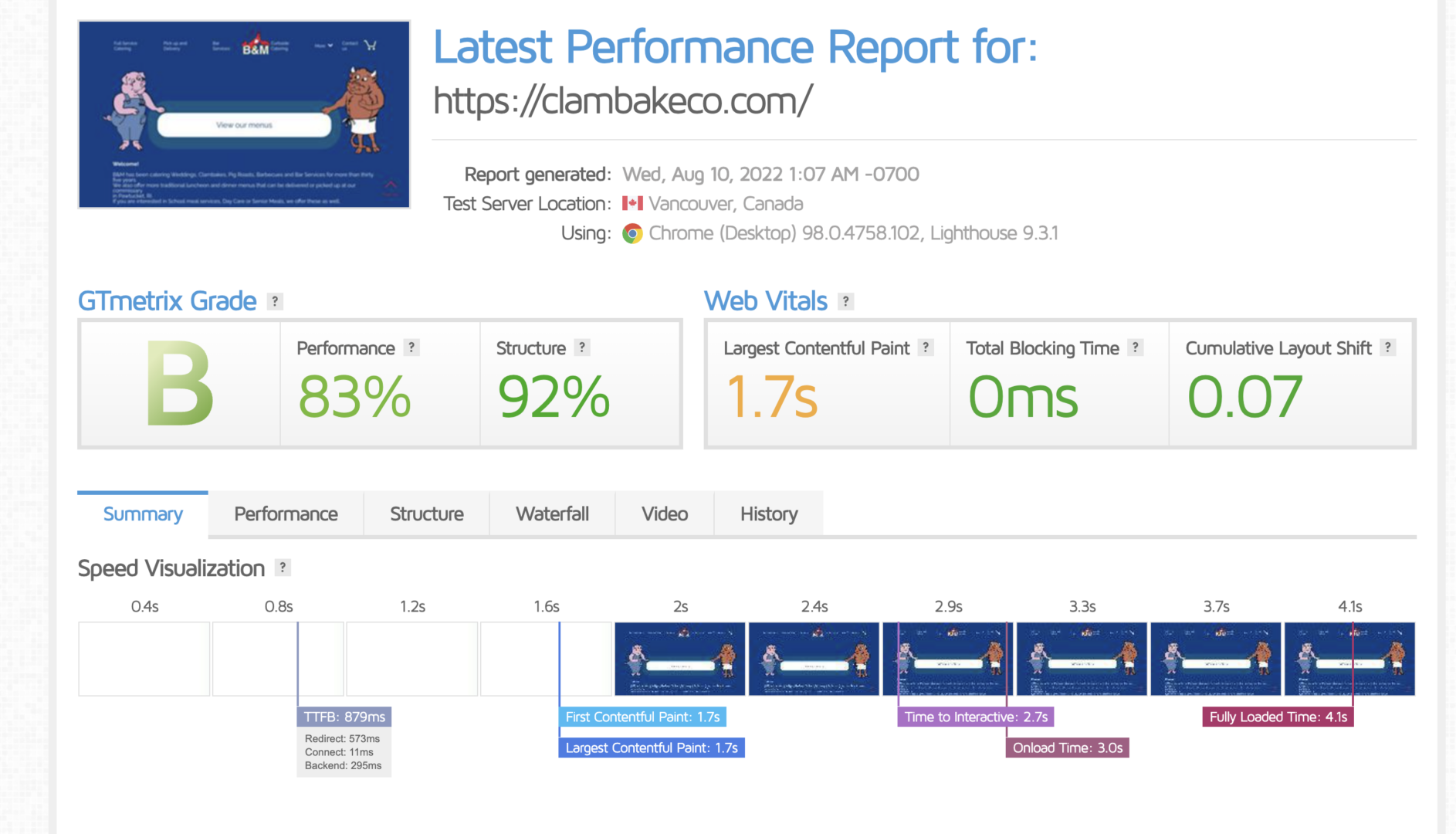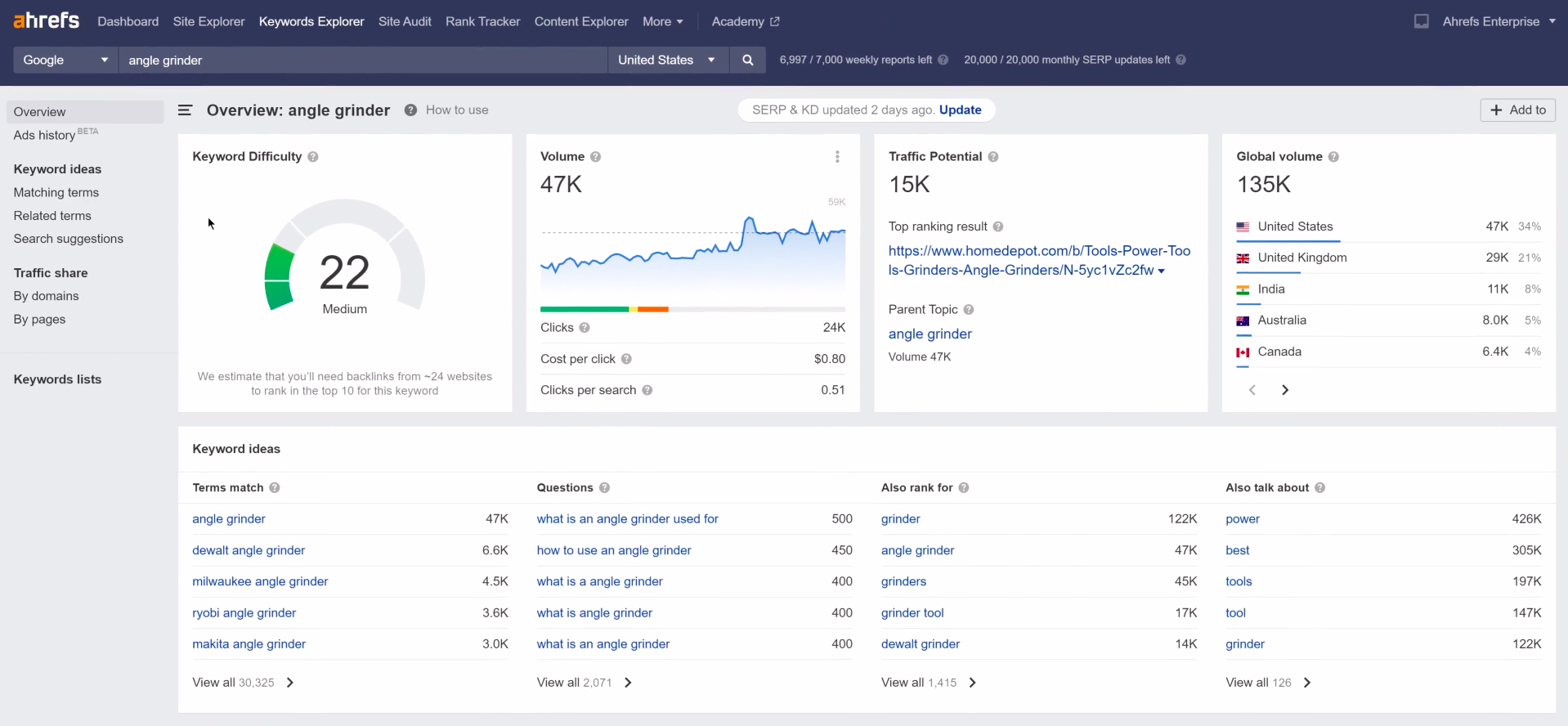What is On-Page SEO
On-page SEO refers to optimizing individual web pages to rank higher and earn more relevant traffic in search engines.
Crafting Digital Relevance in Every Pixel
In the sprawling landscape of the internet, On-Page SEO emerges as the virtuoso conductor, orchestrating the elements that dictate a website’s visibility and relevance. Join us on an exploration into the realm of On-Page SEO, unraveling its process overview, sample use cases, and real-world case studies that spotlight its transformative role in sculpting digital presence and prominence.
Process Overview: Navigating the SEO Symphony
Objective: On-Page SEO is the art and science of optimizing individual web pages to enhance their visibility in search engine results. The primary objective is to align on-page elements with search engine algorithms, making content more accessible, relevant, and appealing to both users and search engines.
Key Stages
Identify and analyze relevant keywords related to the content and target audience.
Consider user intent and search volume when selecting keywords to target.
Optimize page content by strategically incorporating target keywords in titles, headings, and body text.
Ensure content is informative, engaging, and valuable to users.
Meta Tags Optimization:
Optimize meta tags, including title tags and meta descriptions, with relevant keywords and compelling language.
Craft meta tags that accurately represent the content and encourage click-throughs.
URL Structure:
Create search engine-friendly URLs that are concise, descriptive, and include target keywords.
Avoid dynamic parameters and use hyphens to separate words in URLs.
Image Optimization:
Optimize images with descriptive file names and alt text containing relevant keywords.
Compress images to ensure fast page loading times.
Internal Linking:
Implement strategic internal linking to guide users and search engines to relevant pages.
Use descriptive anchor text for internal links that includes relevant keywords.
Mobile Optimization:
Ensure the website is mobile-friendly, with responsive design and fast-loading pages.
Optimize content for a seamless mobile user experience.
User Experience (UX):
Prioritize user experience elements such as page speed, readability, and navigation.
Implement a clear and intuitive design to enhance user engagement.
Structured Data Markup:
Implement structured data markup (schema.org) to provide additional context to search engines.
Enhance rich snippets and improve the display of search results.
Key Components
Title Tags:
Craft compelling and keyword-rich title tags that accurately represent the page content.
Limit title tags to a recommended length to ensure they display properly in search results.
Meta Descriptions:
Write persuasive meta descriptions that summarize the page content and encourage clicks.
Keep meta descriptions within optimal character limits to avoid truncation in search results.
Header Tags:
Use header tags (H1, H2, H3, etc.) to structure content hierarchically and highlight key sections.
Include relevant keywords in header tags for SEO benefits.
Keyword Density:
Maintain a natural and appropriate keyword density within the content.
Avoid keyword stuffing, which can negatively impact user experience and SEO.
Canonical Tags:
Implement canonical tags to avoid duplicate content issues and consolidate the ranking authority of similar pages.
Sample Use Cases – Elevating Visibility with On-Page Mastery
E-commerce Product Page:
- Objective: Boost visibility for a product page on an e-commerce website.
- On-Page SEO Focus: Optimize product descriptions, titles, and images with relevant keywords.
- Outcome: The product page ranks higher in search results, attracting more potential customers and driving sales.
Blog Post for Informational Content:
- Objective: Increase visibility for a blog post providing valuable information.
- On-Page SEO Focus: Craft an engaging title, use relevant header tags, and optimize meta description with targeted keywords.
- Outcome: The blog post appears prominently in search results, becoming a go-to resource in its niche.
Service Page for Local Business:
- Objective: Improve local visibility for a service page.
- On-Page SEO Focus: Incorporate location-specific keywords, optimize meta tags, and include local business information.
- Outcome: The service page ranks higher in local search results, attracting nearby customers.
Educational Institution Homepage:
- Objective: Enhance visibility for the homepage of an educational institution.
- On-Page SEO Focus: Optimize main headers, meta tags, and content with relevant keywords.
- Outcome: The homepage gains higher visibility in search results, attracting prospective students.
Case Studies – On-Page SEO Success Stories
HubSpot Content Optimization:
- Challenge: HubSpot aimed to optimize its blog content for improved search engine visibility.
- On-Page SEO Implementation: Conducted in-depth keyword research, optimized titles, headers, and meta tags, and improved internal linking.
- Outcome: HubSpot experienced a significant increase in organic traffic and improved rankings for target keywords.
Moz’s Meta Descriptions Experiment:
- Challenge: Moz aimed to test the impact of meta descriptions on click-through rates.
- On-Page SEO Implementation: Conducted an experiment where they improved meta descriptions for high-ranking pages.
- Outcome: Moz observed a notable increase in click-through rates, demonstrating the impact of compelling meta descriptions on user engagement.
eCommerce SEO Overhaul:
- Challenge: An eCommerce website faced challenges in product visibility.
- On-Page SEO Implementation: Conducted a comprehensive SEO audit, optimized product titles, descriptions, and meta tags, and improved site structure.
- Outcome: The eCommerce site experienced a significant increase in organic traffic, leading to improved sales and conversions.
Maximizing the Impact of On-Page SEO
To ensure the optimal impact of On-Page SEO, organizations should address common challenges:
Regular Audits:
Conduct regular SEO audits to identify and address issues related to on-page optimization.
Stay updated with algorithm changes and industry best practices.
User-Centric Content:
Prioritize creating valuable and user-centric content that addresses user intent.
Focus on providing comprehensive answers to user queries.
Mobile-First Approach:
Embrace a mobile-first approach to cater to the increasing number of mobile users.
Optimize content and design for mobile devices to enhance user experience.
Page Speed Optimization:
Prioritize page speed optimization for improved user experience and search engine rankings.
Compress images, leverage browser caching, and minimize server response times.
Crafting a Symphony of Digital Presence
In the vast and ever-evolving digital landscape, On-Page SEO stands as the virtuoso, shaping the melody of visibility and relevance. Through a comprehensive process overview, sample use cases, and real-world case studies, we’ve unveiled the transformative power of On-Page SEO—from HubSpot’s content optimization to Moz’s meta descriptions experiment.
In the orchestration of digital strategies, On-Page SEO is the composer, ensuring that every element, from titles to meta tags, resonates in harmony with user intent and search engine algorithms. As organizations navigate the dynamic world of online presence, mastering the nuances of On-Page SEO becomes imperative, creating a symphony of digital brilliance that echoes across search engine results and user experiences alike.

GTmetrix On-page SEO page performance report.
Importance
Enhanced Visibility and Ranking: On-page SEO directly influences how search engines perceive your content. By optimizing your web pages for relevant keywords and providing high-quality content, you increase the likelihood of search engines ranking your pages higher in search results. This enhanced visibility is crucial for attracting organic traffic.
Improved User Experience: On-page SEO isn’t just about pleasing search engines; it’s also about enhancing the user experience. When your web pages are well-optimized, visitors are more likely to find the information they need quickly, leading to increased engagement, lower bounce rates, and higher chances of conversion.
Keyword Relevance: Proper on-page SEO ensures that your content is relevant to the keywords you want to rank for. This helps search engines understand the context of your content, making it more likely to be displayed in response to relevant user queries.
Mobile Optimization: With an increasing number of users accessing websites on mobile devices, search engines prioritize mobile-friendly websites. On-page SEO involves optimizing your pages for mobile devices, ensuring a seamless experience for users across various platforms.

Ahrefs keyword explorer
Your Business Benefits
Increased Organic Traffic: One of the primary benefits of on-page SEO is the potential for increased organic traffic. When your pages rank higher in search results, they are more likely to be clicked on by users, leading to a steady flow of organic traffic.
Better Conversion Rates: Optimizing your pages for relevant keywords and providing valuable content not only attracts more visitors but also increases the chances of converting those visitors into customers. By addressing the needs of your target audience, you create a more compelling user experience that can positively impact conversion rates.
Establishing Authority and Trust: High-quality, well-optimized content establishes your website as a valuable resource in your industry. As users find your content helpful and relevant, trust and authority are built over time, which can further enhance your website’s credibility.
Adaptability to Algorithm Changes: Search engine algorithms are continually evolving. On-page SEO ensures that your website is adaptable to these changes. By staying current with best practices, you can maintain or improve your rankings even as search engine algorithms undergo updates.
Your Business Strategies
Keyword Research: Begin by conducting thorough keyword research to identify the terms and phrases relevant to your content. Use tools like Google Keyword Planner to find high-value keywords with reasonable search volumes.
Content Optimization: Incorporate the selected keywords naturally into your content, including titles, headings, and throughout the body. Ensure that the content is well-structured, easy to read, and provides value to the audience.
Meta Tags Optimization: Optimize meta tags, including the title tag and meta description. These tags provide a brief overview of your content to both search engines and users, influencing click-through rates.
URL Structure: Create clean and descriptive URLs that include target keywords. A well-structured URL makes it easier for both search engines and users to understand the content of the page.
Internal Linking: Implement internal linking to connect related pages within your website. This helps distribute link equity, improves navigation, and enhances the overall user experience.
Image Optimization: Optimize images by using descriptive file names and adding alt text. This not only helps search engines understand the content but also improves accessibility for users with visual impairments.
Mobile-Friendly Design: Ensure your website is responsive and provides a seamless experience on mobile devices. Google prioritizes mobile-friendly websites in its rankings, making this a crucial aspect of on-page SEO.
Page Speed Optimization: Improve page loading times by optimizing images, leveraging browser caching, and minimizing unnecessary scripts. Faster-loading pages contribute to a positive user experience and can positively impact search rankings.
Regular Content Updates: Keep your content fresh and up-to-date. Regularly update existing content and add new, relevant information to demonstrate to search engines that your website is active and valuable.
User Engagement Metrics: Monitor user engagement metrics such as bounce rate, time on page, and click-through rate. Analyzing these metrics provides insights into how users interact with your content, allowing you to make informed optimizations.

